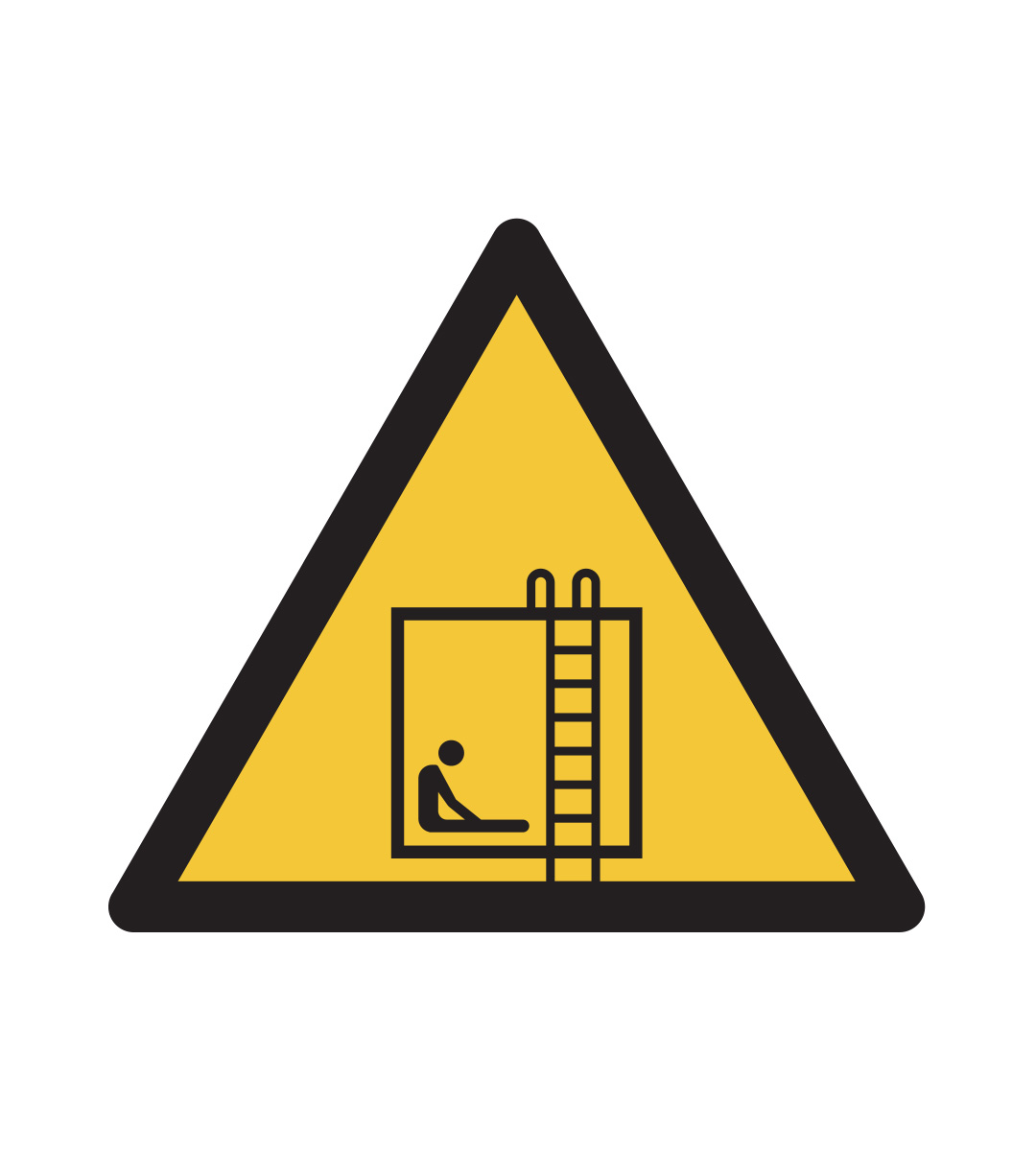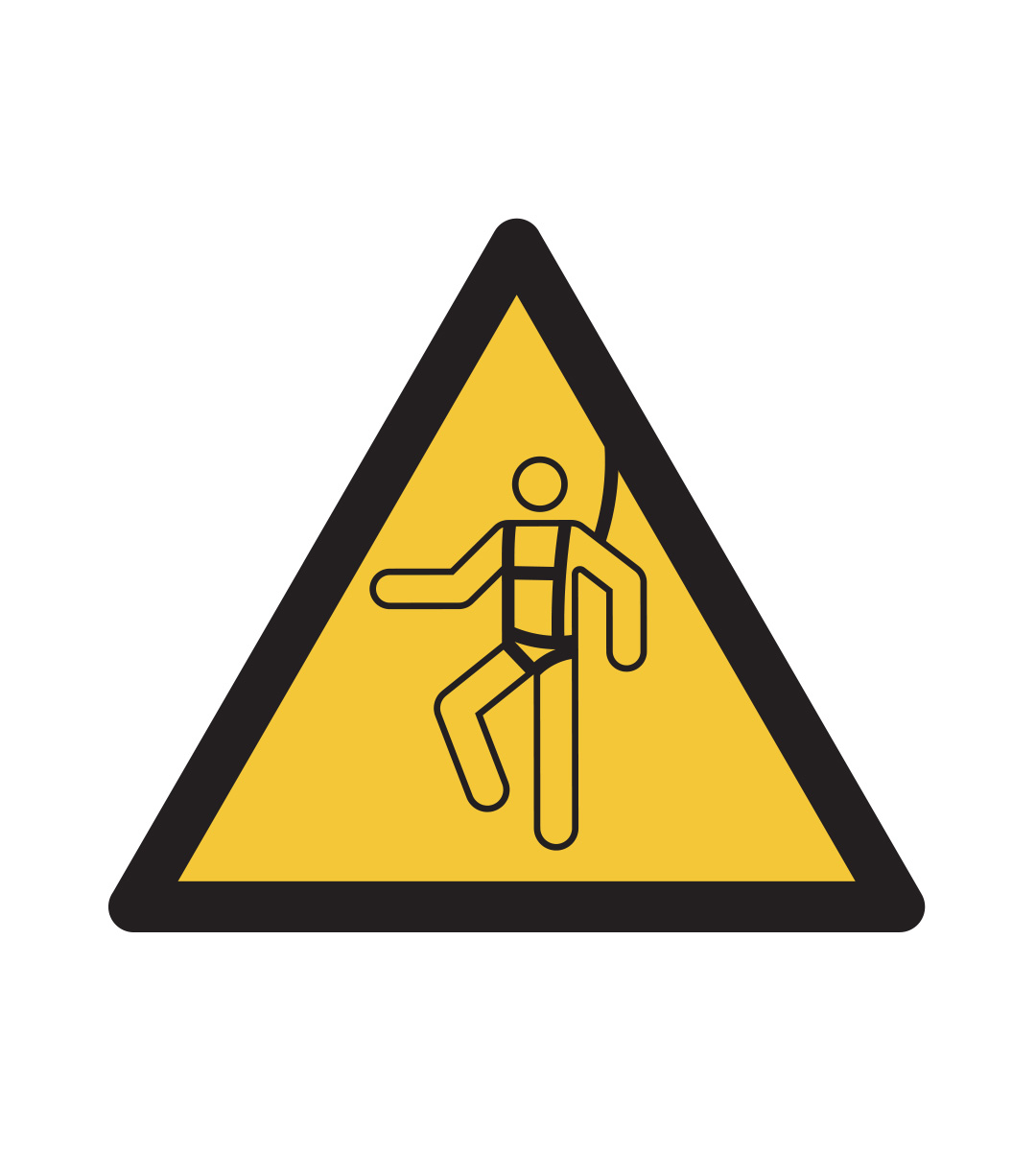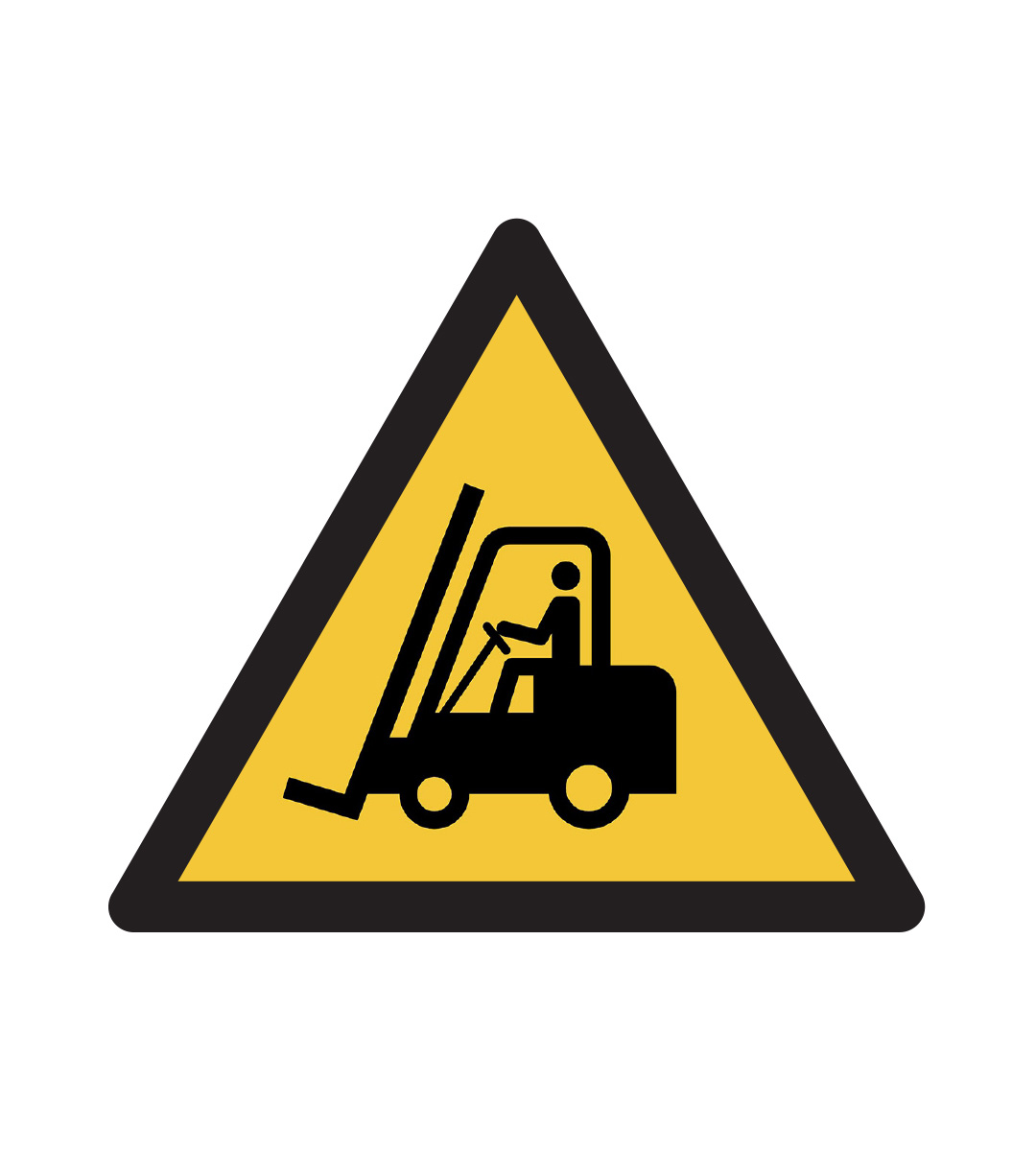MMSE training center
Starting from 2020, MMSE Training Center is conducting HSE training according to the program approved by the Ministry of Labor and Social Security and the Center for Labor Safety and Hygiene.
training for hazardous workplace
CONFINED ENVIRONMENT LEARNING

Course Overview
Confined space training is training that describes the skills and techniques for safe entry into confined
spaces, including hazards, risks, and precautions. Confined environments include pits, tanks, pits, wells,
sewers, tunnels, pipes, boilers, silos, etc.
Learning objectives:
The aim of this course is to provide the following skills to the participants.
- Identify hazards that may occur during work by entering confined spaces
- Know and understand the safety requirements necessary for working in a confined environment
- Define the human roles and responsibilities of an intruder in a restricted environment
- Air composition testing and determination of air composition testing requirements
- Determination of acceptable levels based on air composition test results
- Learn to identify and properly use safety equipment used in confined spaces
- To provide skills to identify and implement emergency preparedness measures.
Target group:
The course is designed for people who need to access and perform work in restricted (confined)
environments.
Teaching methods
This course has 2 parts: theory and practice.
Theoretical part: will be conducted using PowerPoint presentations and videos. Also, the use of the Case
Analysis method will improve learning outcomes. Active participation will be encouraged through dialogue
and discussion to gain the personal experience of the participants and the group.
Practical part: All training participants will be provided with the necessary materials and will be introduced
to the limited environment simulated in the practical training area, and theoretical knowledge will be tested.
Course content:
- Confined environment definition and hazards
- Safety procedures for confined spaces
- Measures to detect and control hazards in the confined environment
- Permission to access and work in restricted (confined) environments
- Analysis and control of air pollution in confined spaces. Air monitoring equipment
- Cleaning and disinfection of confined spaces. Ventilation of confined spaces
- Safety equipment and personal protective equipment for use in confined spaces
- Use of portable electrical equipment, liquid and gas equipment
- Requirements and responsibilities for confined space work and rescue teams
- Training for employees who will work in confined spaces
Safety training for working at height

Course Overview
In this training, employees and employers will study in detail the laws and regulations of Mongolia, the use
and purpose of personal protective equipment (PPE), and the risks and controls of height hazards.
Learning objectives:
The objective of the course is to teach trainees the essential steps required to perform work at height, such
as reducing risks at height, eliminating hazards, and identifying and implementing appropriate control
measures.
Target group:
For the person who works at height or supervises work at height.
Teaching methods
This course has 2 parts: theory and practice. The theoretical part will be conducted using PowerPoint
presentations and videos. Also, the use of the Case Analysis method will improve learning outcomes. Active
participation will be encouraged through dialogue and discussion to gain the personal experience of the
participants and the group.
In the practical part, all trainees will be provided with materials and divided into 3-person teams to perform
the given tasks at a height under the supervision of the trainer. Select and customize additional personal
protective equipment (PPE), isolate the work area, and implementation of controls.
Course content:
- Dangerous factors during work at height and methods of identifying them
- Detection and assessment of height safety risks
- Fall prevention equipment and inspections
- Safe use of fixed work platforms, basket lifts, and lifting boxes
- Construction ladders, open-edge guards, restraints, and fall protection systems
- Control objects that may fall from a height
- Engineering solutions and comprehensive measures to reduce work at height
- Conduct rescue operations at height
LIFTING, CARRYING, AND TRANSPORTATION TRAINING

Course Overview
This course outlines the basic responsibilities of employees and businesses that own, operate, or control
Lifting, Carrying, and Transportation (LCT).
Learning objectives:
The purpose of this training is to provide knowledge about types of LCT, factors to consider when selecting
equipment, hazards associated with mechanical lifting operations, and responsibilities involved in these
operations.
Target group:
This awareness training is intended for all personnel involved in EMS activities in the manufacturing sector.
It includes:
- HSE Auditor
- HSE employee
- HSE training staff
- Anyone directly or indirectly responsible for workers who use LCT or operate lifting equipment
Teaching methods
The training program for operations, regulations, and maintenance of the LCT consists of the following
training methods.
- Lecture
- Seminars (Workshops) and presentations
- Group discussion
- Tasks
- Case studies and functional exercises
Course content:
- Types, structure, and features of LCT
- Monitoring of accident prevention tools of the LCT
- Strapping devices, their requirements, and controls
- Safety factors and risk assessment during the use of PPE in production
- Technology for monitoring the technical condition and safe operation of the LCT and its use
- The role of the person in charge of safety operations, technical organization, repair, and assembly of the LCT
- Planning, organizing, and installation control of the repair and installation work of the LCT
- Safety during the operation of electrical equipment of the LCT